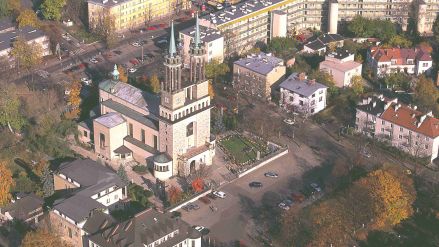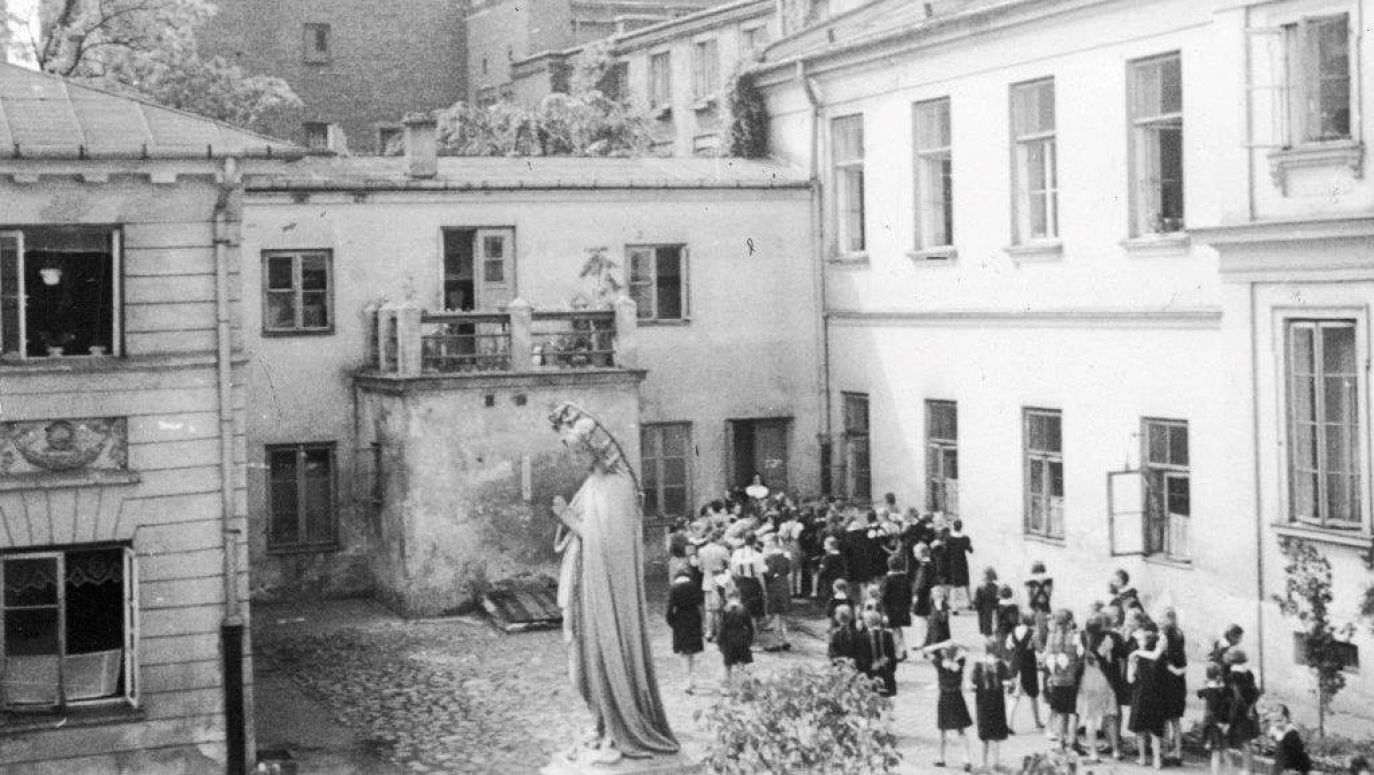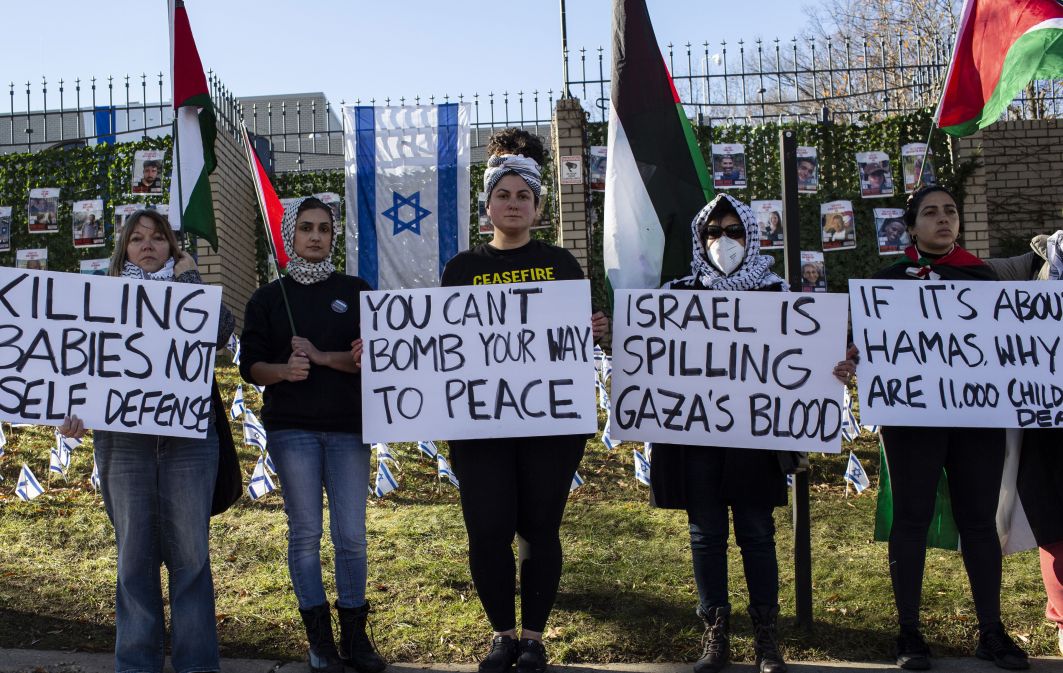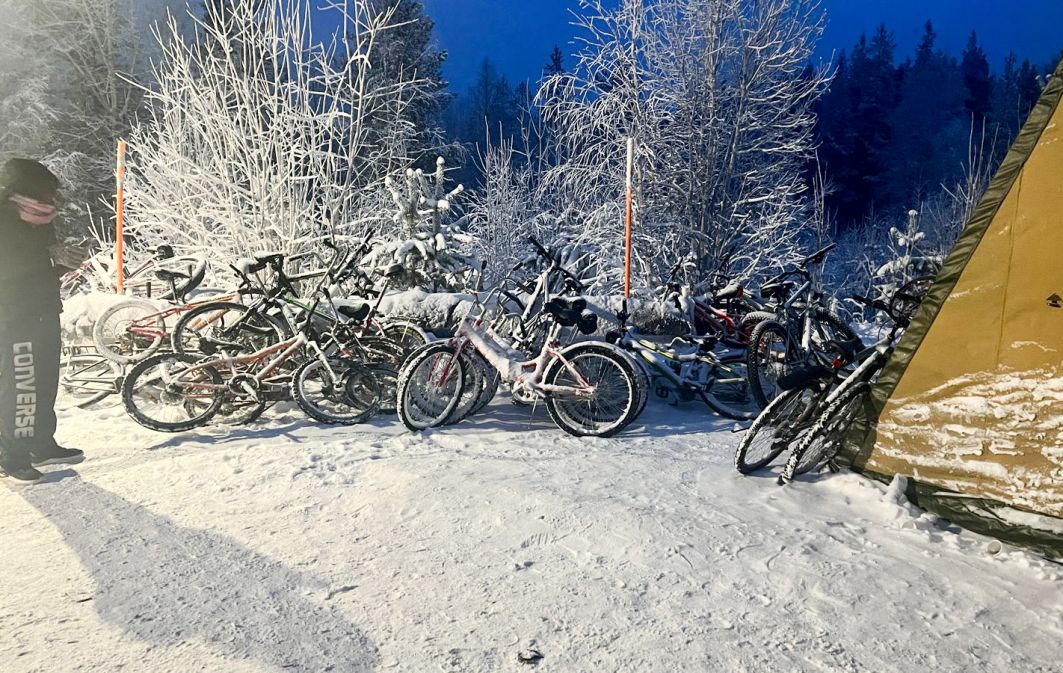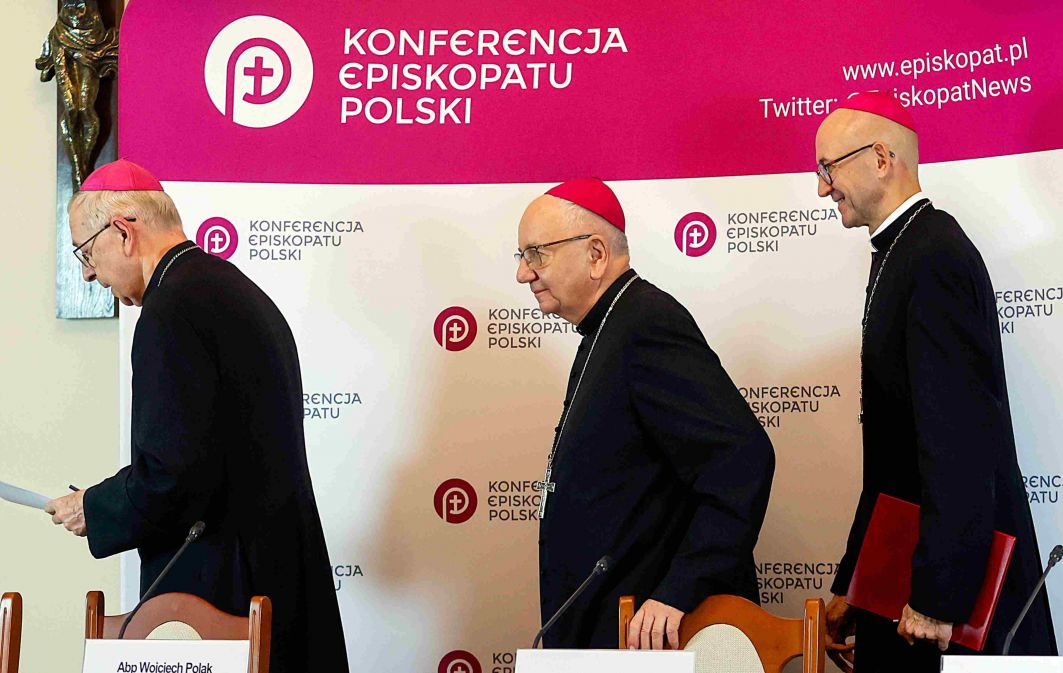Most of the monasteries involved in helping were in Warsaw and Lviv, the most helping were the sisters from the Family of Mary, the Servant Sisters, the Sisters of Charity. This is the result of research initiated by prof. Jerzy Kłoczowski in 1972. He himself, as a soldier of the Warsaw Uprising, protected his comrade-in-arms from the fighting in Mokotów (the area of the “Baszta” regiment), whom he knew was a ghetto escapee, and a teenager at that.
Marek Rudnicki, a then young soldier, excellent painter and draftsman, told me about it already in Paris. He then pointed out to me that Jerzy Kłoczowski even during the war, although he was very young at the time (born in 1924), was aware of the extent of the help provided by the Polish underground state, including sisters and priests.
– After all, they all worked together. Irena Sendler was not only the head of the children’s section of the Council to Aid Jews with the Government Delegation for Poland (“Żegoty”), but also an experienced official of the magistrate, i.e. the City Administration, recalls Alina Petrowa-Wasilewicz. She knew that convents were the most reliable of the reliable, because even if they ran out of bread and money, the sisters wouldn’t throw anyone out on the street anyway.
So there is no shortage of examples, and we should write and talk about them so that we have in our living memory the heroism of Polish sisters who were able to make the grade in German-Soviet-occupied Poland.
Many years ago, in 1997 (quarter of a century!), in the kibbutz named after Ghetto Fighters, there was held the 1st world convention of “convent children” i.e. Jewish children saved from extermination thanks to the heroic attitude of sisters. The congress, organized by the Israeli organizations “Children’s Memorial Museum” and “Children Without Identity”, was attended by nearly 200 people who survived in convents in Poland, as well as France, Belgium, Italy, Austria, the Czech Republic, the Netherlands and Croatia. There were many good words, tears, thanks, memories.
One of the initiators of this meeting was Lea Balint, a girl from Brwinów, saved by the Franciscan Sisters, with whom she is still in touch. It was she who led the Franciscan Sisters to be honored with the Righteous Among the Nations medal.
But she too is over 80. There are fewer and fewer witnesses, let alone knowledge. More and more ignorance and – what comes along – arrogance in the approach to the question. We cannot let it go. – The topic is not utterly examined and historians may have their hands full, if they embark on it – says Alina Petrowa-Wasilewicz. After all there is a duty of remembrance, so we have to rescue everything we can. Every nation cultivates the memory of is heroes.
– Barbara Sułek-Kowalska
– Tanslated by Dominik Szczęsny-Kostanecki
TVP WEEKLY. Editorial team and jornalists
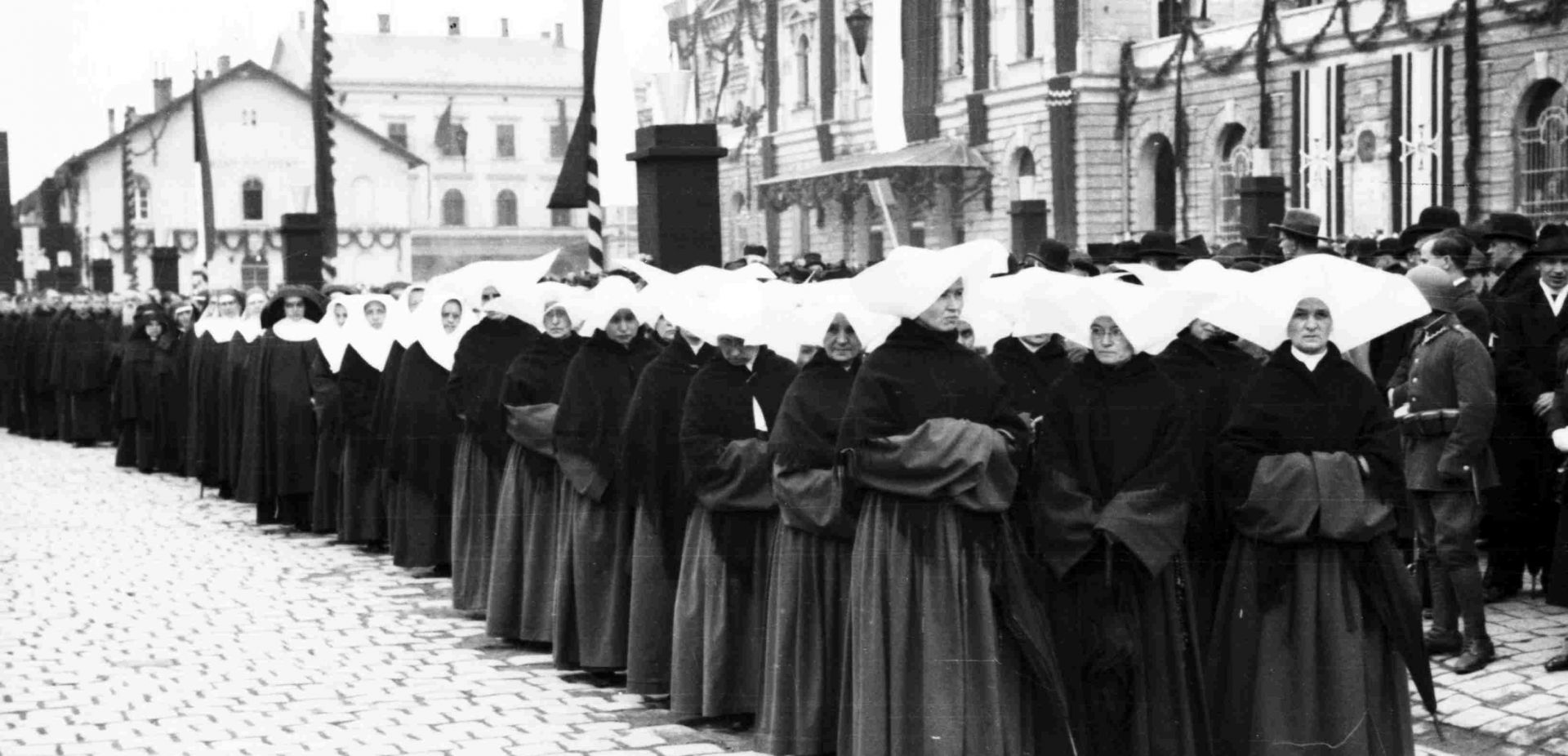
 SIGN UP TO OUR PAGE
SIGN UP TO OUR PAGE
 Two Sisters of the Immaculate Conception, Ewa Noiszewska, PhD and Kazimiera Wołowska, died from German hands for their assistance to Jewish families in Novogrudok. Their fellow sisters from Warsaw and Łomianki helped Jewish children throughout the whole occupation.
Two Sisters of the Immaculate Conception, Ewa Noiszewska, PhD and Kazimiera Wołowska, died from German hands for their assistance to Jewish families in Novogrudok. Their fellow sisters from Warsaw and Łomianki helped Jewish children throughout the whole occupation.